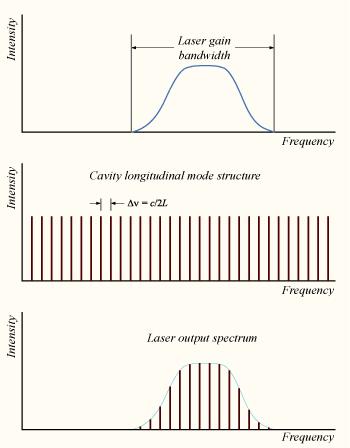Introduction
This is because there are often many laser pulses of different modes or frequencies in a free-running laser, and only when these laser modes are phase-locked to each other At this time, laser ultrashort pulses or mode-locked pulses can be generated. There are many ways to achieve mode locking, but they can generally be divided into two categories: active mode locking and passive mode locking. Active mode locking refers to the method of periodically changing the gain or loss of the laser by providing a modulation signal to the laser to achieve the purpose of mode locking; while passive mode locking uses the nonlinear absorption or nonlinear phase change of the material Features to generate ultrashort laser pulses.

Kerr lens mode locking
Currently, the most widely used Kerr lens mode locking technology that generates femtosecond laser pulses is a unique Passive mode locking method. Cole lens mode-locking actually uses the characteristic that the refractive index of the material changes with the light intensity to make the gain of the spike pulse during laser operation higher than the continuous background laser gain, so as to finally realize the short pulse output.
After a laser achieves mode-locking operation, under normal circumstances, only one laser pulse is transmitted back and forth in the cavity. When the pulse reaches the output mirror of the laser, a part of the light is coupled through the output mirror Out of the cavity. Therefore, the output of a mode-locked laser is a sequence of equally spaced laser pulses. The time interval between adjacent pulses is equal to the round-trip time of the light pulse in the laser cavity, which is the so-called cavity period. Whether the width of the laser pulse produced by a mode-locked laser is as short as femtoseconds depends mainly on the intracavity dispersion characteristics, nonlinear characteristics and the balance between the two. The ultimate pulse width is limited by the spectral range of the gain medium.
Measurement indicators
The important technical indicators for measuring a femtosecond laser are: pulse width, average power and pulse repetition frequency. In addition, there are spectrum width and pulse width product, pulse center wavelength, output spot size, polarization direction, etc. The pulse repetition frequency actually tells us the interval between two adjacent pulses in the laser pulse sequence. The single pulse energy can be obtained from the average power and pulse repetition frequency, and the peak power of the pulse can be obtained from the single pulse energy and pulse width.
